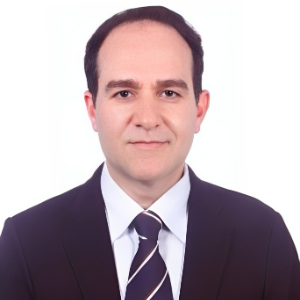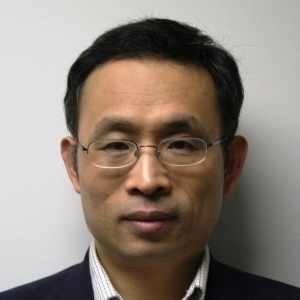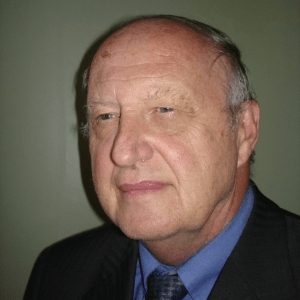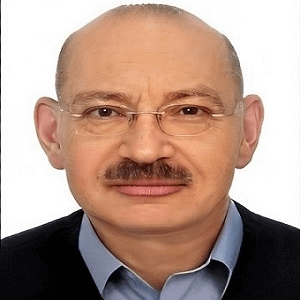One of the most pressing issues confronting humanity is environmental protection. We have unintentionally harmed our environment by producing and discarding plastics, contributed to climate change by extracting and burning fossil fuels, and polluted our air and streams with human-made creations over the years. Nanomaterials have unique physiochemical properties, such as versatile functionalities and enhanced reactivity or selectivity, when compared to their bulk counterparts; their high surface-area-to-volume ratio imparts unique physiochemical properties, such as versatile functionalities and enhanced reactivity or selectivity. Nanotechnology's unique properties can be used in a variety of products, methods, and applications to help safeguard the environment and climate, from saving raw resources, energy, and water to reducing greenhouse gases and harmful waste. The impact of nanotechnology on several sectors of environmental engineering has received a lot of attention in the previous decade. The application of nanostructured materials, as one of the most prominent fields for current research and development, has both positive and negative aspects. Understanding the possible risks of nanoscale materials to human health and weighing the benefits and risks of using such materials are critical.
- Assessment of Novel Nanotechnologies
- Environmental Management and Remediation
- Fate and Transport of Pollutants
- Nanosorbents
- Remediation of Contaminated Sites
- Sustainability and Life Cycle

Thomas J Webster
Hebei University of Technology, United States
Hossein Hosseinkhani
Innovation Center for Advanced Technology, Matrix, Inc., United States
Hai Feng Ji
Drexel University, United States
Paulo Cesar De Morais
Catholic University of Brasilia, Brazil
Azzedine Bensalem
Long Island University, United States
Robert Buenker
Wuppertal University, Germany
Rafal Kozubski
Jagiellonian University in Krakow, Poland
Sylwia Wcislik
Kielce University of Technology, Poland
Raman Singh
Monash University-Clayton Campus, Australia


Title : Circumventing challenges in developing CVD graphene coating on mild steel: A disruptive approach to remarkable/durable corrosion resistance
Raman Singh, Monash University-Clayton Campus, Australia
Title : Highlighting recent advancements in electromagnetic field subwavelength tailoring using nanoparticle resonant light scattering and related topics
Michael I Tribelsky, Moscow State University, Russian Federation
Title : The impact of nanomedicine: 30,000 orthopedic nano implants with no failures and still counting
Thomas J Webster, Hebei University of Technology, United States
Title : Logistic-modified mathematical model for tumor growth treated with nanosized cargo delivery system
Paulo Cesar De Morais, Catholic University of Brasilia, Brazil
Title : Current and future of red and black phosphorus nanomaterials
Hai Feng Ji, Drexel University, United States
Title : Azodye photoaligned nanolayers for liquid crystal: New trends
Vladimir G Chigrinov, Hong Kong University of Science and Technology, Hong Kong
Title : Atomistic simulation of chemical ordering phenomena in nanostructured intermetallics
Rafal Kozubski, Jagiellonian University in Krakow, Poland
Title : The enhanced cytotoxic effect of curcumin on leukemic stem cells via CD123-targeted nanoparticles
Wariya Nirachonkul, Chiang Mai University, Thailand
Title : Efficiency of nanoparticles (Micromage-B) in the complex treatment of multiple sclerosis
Andrey Belousov, Kharkiv National Medical University, Ukraine
Title : Innovative method of nanotechnology application in the complex treatment of multiple sclerosis
Andrey Belousov, Kharkiv National Medical University, Ukraine